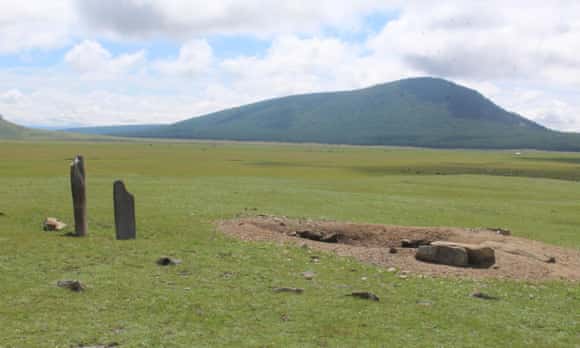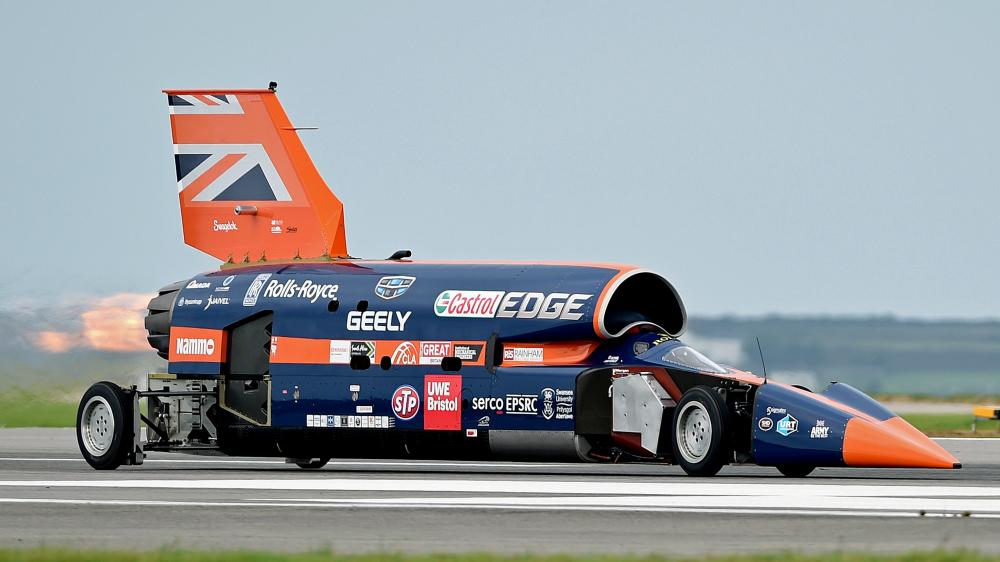 | Lab notes: strange news from another star as physics melts the internet |  |  There's so much out there in the galaxy, beyond our solar system ... and it seems that some of it might be reaching us. Photograph: F. Ferraro/AFP/Getty Images
| Tash Reith-Banks
| This week's biggest stories First up, this just in: astronomers have detected a mysterious space rock hurtling past the sun, and believe it could be the first object that can be traced back to another solar system. It's not aliens, but it's pretty exciting. You know what else is exciting? The release of Stephen Hawking's 1966 PhD thesis online. People really went wild for it: demand was so huge it crashed Cambridge's repository website. Oops. No less exciting is a fresh breakthrough in DNA base editing, or "chemical surgery", which brings hope of potential treatment for huge number of diseases that arise as a result of a single genetic "misspelling". Finally we have not one but two stories involving both skulls and cute animals (it's been quite the week). First up is the discovery that the medieval love of squirrel fur may have helped spread leprosy. A human skull found in a Suffolk garden has yields new evidence of link between human and animal leprosy – with red squirrel fur traded with Viking Scandinavia thought to be a factor. But that's as nothing compared to the strange discovery that shrews shrink their skulls and brains to survive winter – and then regrow them in the spring. Ponder that, if you will. More news from Guardian Science | Sign up to Lab notes ___ Straight from the lab – top picks from our experts on the blog network |  |  A looter's pit sits beside two Bronze Age "deer stone" monuments at Khorigiin Am, Mongolia. Photograph: Photo: William Taylor
| Beyond Genghis Khan: how looting threatens to erase Mongolia's history | Notes & Theories It's a sunny, late summer day in northern Mongolia's Darkhad Basin – a large glacial lake basin nestled against the country's Russian border. To the south stretch the grasslands of the Eastern Eurasian Steppe; to the north, the Siberian boreal forest. We stand – almost precisely – at the place they meet, at the forest's edge overlooking a large, grassy valley the administrative district of Ulaan Uul. We've come to this site, known locally as Khorigiin Am, in response to reports from local herders of bones and artifacts lying on the ground surface. What we find is shocking –scraps of silk, hastily scattered pieces of wooden artifacts – and bone, human bone, everywhere. Meet Junornis: the tiny Cretaceous bird which reveals the earliest form of bounding flight | Lost Worlds Revisited Junornis was a small bird, around 25-30 cm in wingspan. The whole animal is so well preserved it was possible for researchers to get very accurate measurements of the feathers and to calculate the shape of the wings and the likely weight of the animal when alive. These features very strongly constrain how birds fly – the shape of the wing (basically its length vs average width) and weight control how well birds can turn, how quickly they can take off, and if they can exploit winds to soar, or hover and so on. The great differences between the wings of vultures, albatross and wrens or crows underpin the ecology and behaviour of these animals. How a critic of economics became the discipline's Nobel-winning best friend | Political Science Richard Thaler is a best-selling author and an entertaining speaker who is never short of an anecdote to explain himself. It has been easy to describe the 'endowment effect' – how we overvalue our possessions – or the 'problem of self-control' in cartoons or on the radio. But Thaler's insights, named in the award, are not why he is important. His true value lies in the fact that behavioural economics has refashioned economists as designers and evaluators of legislative and regulatory policy. Visit the Science blog network _____ Alex Bellos's Monday puzzle |  |  Kicking about some puzzle solutions, probably. Photograph: Alamy Stock Photo
| What comes to mind when you think about Brazil? Football? Flipflops? Maths puzzles? Every year, an extraordinary maths Olympiad takes place for Brazilian teenagers – are you a match for the 15-year olds? Or should you go back to school? Visit Alex Bellos's Adventures in Numberland blog for more marvellous maths ___
Science Weekly podcast |  |  Brian Cox and Robin Ince joined us live on Facebook this week, to answer your questions. Photograph: Richard Ansett/BBC/Richard Ansett
| In this week's Science Weekly podcast, Nicola Davis asks Brian Cox and Robin Ince – two of popular science's best known stars – a host of your most pressing questions. What role should scientists play in society? What might the future hold for humanity? And will we ever build Northampton on Mars? ___ Eye on science – this week's top video |  | Is it a bird? Is it a plane? The team behind the Bloodhound supersonic car say it is part fighter jet, part Formula One car and part spaceship. The goal is for it to reach a speed of 1,000mph on a run in South Africa next year. | | Guardian News & Media Limited - a member of Guardian Media Group PLC. Registered Office: Kings Place, 90 York Way, London, N1 9GU. Registered in England No. 908396 |
| | | |
No comments:
Post a Comment